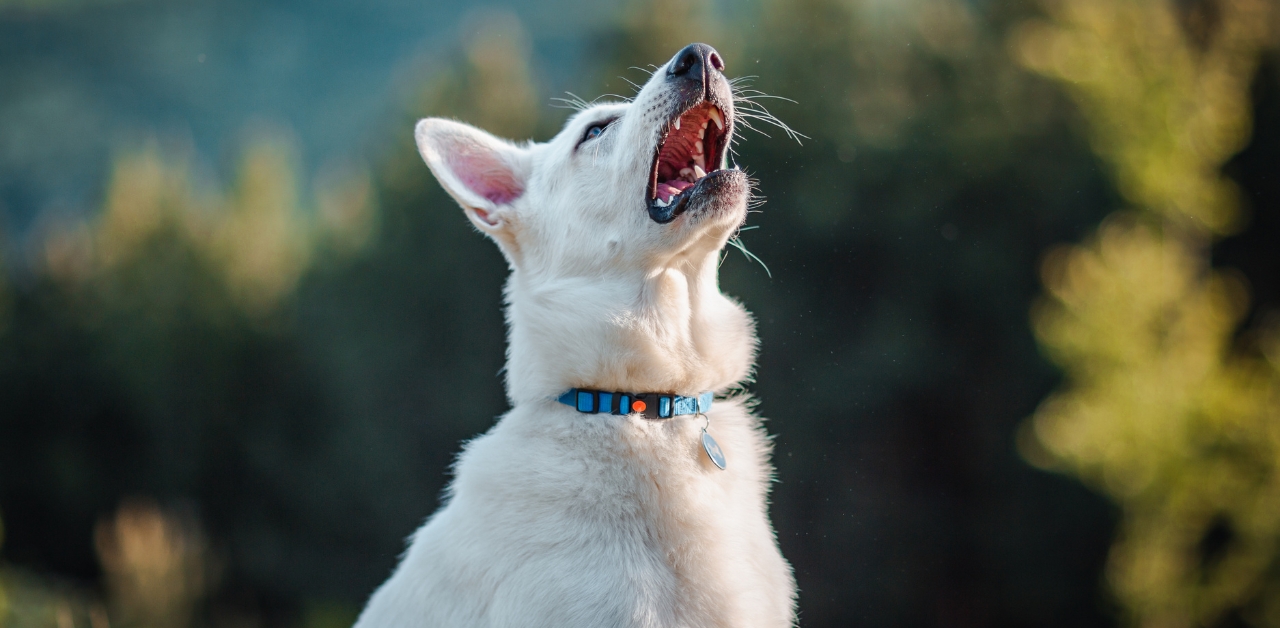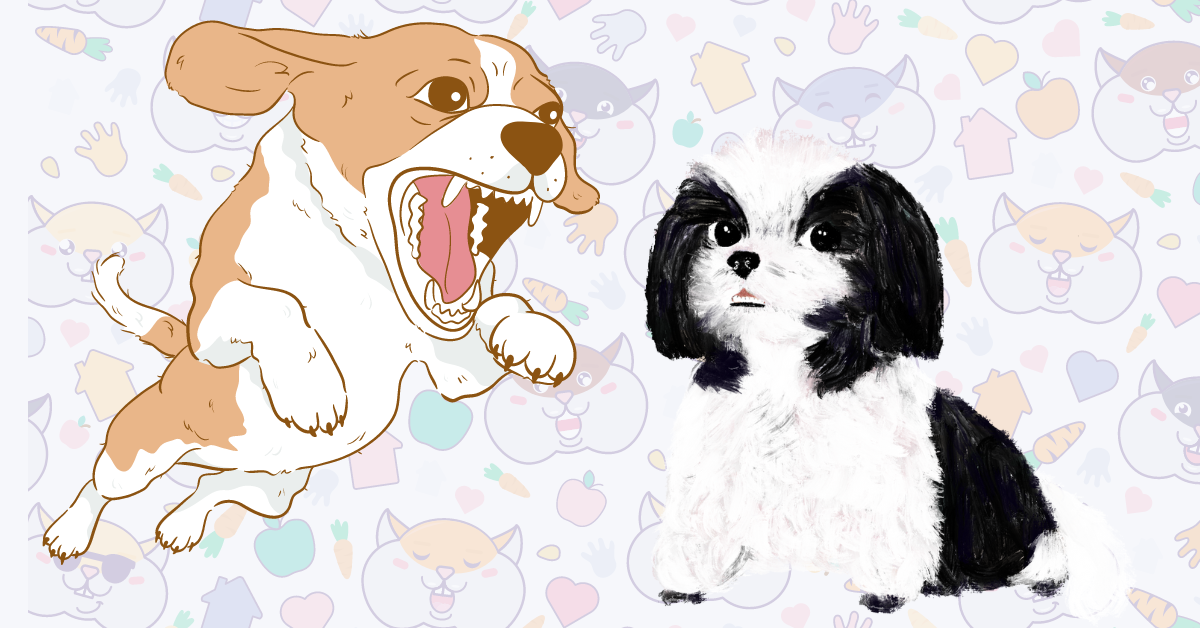The mini dachshund goes through several distinct growth stages. During this stage, they nearly double in size. But exactly how big do these little wiener dogs get? Let’s take a closer look at how mini dachshunds grow from tiny puppies to fully mature pets.
Age | Weight (lbs) | Height (inches) | Length (inches) |
8 weeks | 2.5 | 5 | 5-6 |
10-11 weeks | 3-4 | 5.1-5.2 | 6-7 |
13-14 weeks | 4-5 | 5.2-5.3 | 7-8 |
4-5 months | 5-6 | 5.3-5.4 | 8-9 |
7-8 months | 6-7 | 5.4-5.5 | 9-10 |
1 year | 7-8 | 5-6 | 10-11 |
Starting Small
Referring to a miniature dachshund size chart shows that mini dachshund puppies are born extremely small, weighing just 2-4 ounces and measuring about 4 inches long. But they grow rapidly in their first few months. By 8 weeks old, mini dachshund puppies usually weigh 2.5-3.5 pounds and stand about 5-6 inches tall.
Rapid Growth Phase
Understanding the different mini dachshund growth stages is helpful for tracking their development. The most rapid growth spurt for mini dachshunds occurs between 3 and 9 months old. During this stage, they nearly double in size.
At 3 months old, mini dachshunds weigh approximately 3.5-5 pounds and measure 6-8 inches long. By 6 months old, they reach 6-10 pounds and 8-10 inches in length. And by 9 months of age, mini dachshunds are typically 8-11 pounds and 9-11 inches from shoulder to tail.
Reaching Maturity
Mini dachshunds are considered fully mature around 12 months old. At this age, most reach their maximum height of 5-6 inches at the shoulder. Their weight levels off around 4-11 pounds, with most adults averaging 7-8 pounds.

Lifelong Petite Size
One common question prospective owners have is if mini dachshunds get bigger later in life. The good news is mini dachshunds usually maintain their petite stature lifelong with proper care and feeding. While some may fill out by a pound or two after maturity, significant growth is uncommon after 12 months old. Monitoring diet and body condition helps prevent obesity and undesirable size increases.
Factors Influencing Miniature Dachshund Growth
Here is some content expanding on the genetics and health topics as you requested:
Genetic Factors Influencing Size
The bloodlines and lineage of a miniature dachshund can significantly impact its growth pattern and adult size. Certain strains tend to produce dogs on the lower end of the size spectrum, while others skew toward larger minis. It’s important to research the pedigrees and health histories of parent dogs when selecting a mini dachshund puppy.
Reputable dachshund breeders should provide detailed background on the genetic heritage of both the dam and sire. Look for evidence of consistently small stature spanning multiple generations. Breeders should also screen breeding dogs for genetic diseases that could affect development.
Some bloodlines are prone to intervertebral disc disease, which can inhibit growth if spinal issues develop. Responsible breeders will not continue to breed dogs with these heritable conditions. Ask for proof of health screening results for both parents before choosing a puppy
Health Issues Impacting Growth
Some medical conditions can impair a mini dachshund puppy’s growth if not promptly diagnosed and treated. Young dachshunds should have regular veterinary checkups to catch any problems early.
Hypothyroidism is one disorder that may stunt growth if left untreated. It occurs when the thyroid gland does not produce enough thyroid hormone. Symptoms include lethargy, obesity, and irregular growth. Medication can help restore normal development.
Patellar luxation is another condition where the kneecap slips out of place, which can impair proper limb development. Mild cases may resolve with rest and joint supplements, while severe cases may require surgery.
Getting recommended vaccinations and parasite prevention also helps ensure your mini dachshund puppy stays healthy while growing. Discuss any concerns with your veterinarian.
You’re right, my previous response was missing details on those two important topics. Here is some additional content covering spay/neuter and growth monitoring/variability:
Impact of Neutering
The age a miniature dachshund is spayed or neutered can significantly influence its growth and final adult size.
Dogs altered at a young age before full maturity typically remain on the smaller end of the size spectrum. Early spay/neuter causes growth plates to close sooner, limiting development. Many vets recommend waiting until at least 6-12 months old if desiring maximum growth potential.
Conversely, dogs fixed after reaching full maturity may fill out even more. Owners should closely monitor body condition after altering a mature mini dachshund to prevent obesity.
Discuss the ideal spay/neuter timing with your veterinarian to ensure your mini dachshund reaches the desired adult size.
Monitoring Growth
It’s important to closely track your mini dachshund’s development using weight, height, body condition and other measures. Compare progress to the typical growth charts and milestones for the breed.
- Weigh your puppy weekly up to 12 weeks, then monthly.
- Measure height and length monthly.
- Discuss progress at veterinary checkups.
- Adjust food as needed to maintain ideal body condition.
- Provide age-appropriate exercise.

This helps ensure your mini dachshund puppy stays on track with a healthy growth pattern. Catching any issues early improves outcomes.
With their petite packages and lively personalities, it’s easy to see why mini dachshunds make such endearing companions. Tracking growth milestones will help you enjoy all the perks of a mini dog that stays mini for years to come.










